
This should be the year in which the democracies, especially those in East Asia, lose their fear of the Chinese Communist Party’s (CCP) “one China principle” plus its nuclear “Cognitive Warfare” coercion strategies, all designed to achieve hegemony without fighting.For 2025, stoking regional and glo
The smoke has cleared from Taipei Main Station, but the fog of confusion remains. As Taiwan mourns the four lives lost and the 11 injured in the Dec. 19 attacks, the nation once again performs the grim ritual of asking “why?” The familiar answers are already circulating: Taiwan needs more metal dete
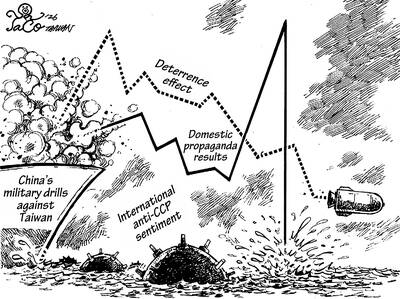
EDITORIAL CARTOON

Amelia Miller has an unusual business card. When I saw the title of “Human-AI [artificial intelligence] Relationship Coach” at a tech event, I presumed she was capitalizing on the rise of chatbot romances to make those strange bonds stronger. It turned out the opposite was true. AI tools were subtly
Beyond artificial intelligence (AI), another transformative technology that could reshape industries and reorder geopolitical power is finally moving out of the lab: quantum.The UN dubbed 2025 the International Year of Quantum Science and Technology. It has been marked by a flurry of announcements —
For a mathematician, 2025 might stand out for being a “perfect square”: 45 multiplied by 45, a rare symmetry. Its significance goes far beyond numerical elegance — it marks the year the postwar global order expired and a new one was about to be born.Eighty years ago, as the world emerged from World
The latest poll released by the Taiwanese Public Opinion Foundation (台灣民意基金會) is not great reading for the Chinese Nationalist Party (KMT) or its chairwoman, Cheng Li-wun (鄭麗文). The poll shows an increase of 7.3 percentage points to 38.4 percent in support for the Democratic Progressive Party (DPP)
China’s recent aggressive military posture around Taiwan simply reflects the truth that China is a millennium behind, as Kobe City Councilor Norihiro Uehata has commented.While democratic countries work for peace, prosperity and progress, authoritarian countries such as Russia and China only care ab
Whenever the Chinese People’s Liberation Army (PLA) stages major military drills around Taiwan, public discussion tends to fixate on “this time”: How close did they come? How large was the formation? Which waters were declared restricted zones? Which aircraft approached from which direction? Those d
At the beginning of the year, there are usually various parties such as New Year celebrations and year-end banquets before Lunar New Year. I would like to call on the public: Whether your cheeks take on a red flush when you drink, never drive after drinking and never drink before driving. At many ba
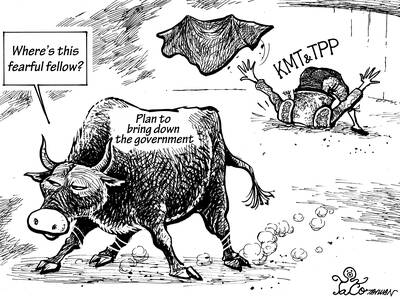
EDITORIAL CARTOON
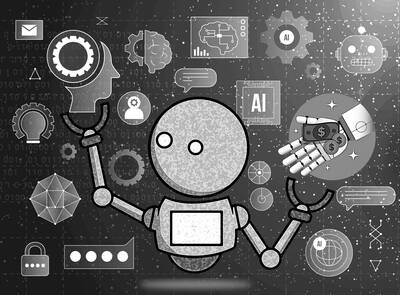
New York City Mayor Zohran Mamdani’s pledge to raise the minimum hourly wage to US$30 captures a dilemma that is haunting most advanced economies. Even as wage floors rise, workers feel less secure. Yet by responding with blunt tools like the minimum wage, policymakers are overlooking the deeper pro
“The West” is a club on life support, skewered on the lance of US President Donald Trump’s Hobbesian view of the world as a series of protection rackets carved up by countries strong enough to command a seat at the table.With the US’ traditional allies now part of the buffet, this seismic developmen
A labor broker last week was fined more than NT$10 million (US$318,279) for illegally charging migrant workers job-placement fees. The Ministry of Labor said that the broker over-collected about NT$1 million in “end-of-contract transfer” and “contract renewal” fees — a blatant contravention of regul
In response to Premier Cho Jung-tai’s (卓榮泰) decision on Dec. 15 not to countersign amendments to the Act Governing the Allocation of Government Revenues and Expenditures (財政收支劃分法) and other bills passed by the Legislative Yuan, the blue and white bloc accused President William Lai (賴清德) of “dictator
Social networks have become the primary venue for youngsters in Asia to reveal their characters, construct relationships and participate in international discussions. Nevertheless, the extent of liberty they enjoy on the Internet differs considerably across the region.For millions of young people li
China’s attempts to hold its tourists hostage have yet again failed, Japan being a case in point. Taiwan is familiar with this bullying tactic: In hindsight, hysterical outbursts from Beijing helped Taiwan to control the COVID-19 pandemic in 2019.The region is no stranger to Chinese bans on tourism.
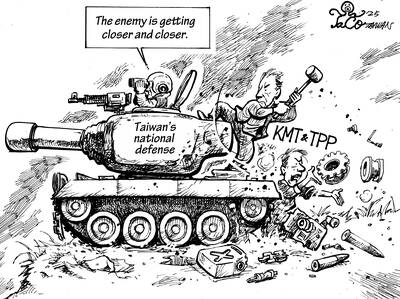
EDITORIAL CARTOON
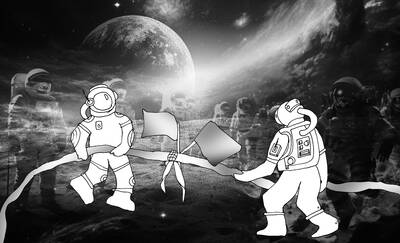
During the Cold War’s space race, the Apollo moon missions were driven by the US need to prove its superiority. Having made that political and technological point with the 1969 moon landing, the contest between Moscow and Washington petered out. A new dash across the skies begins this year, reigniti
